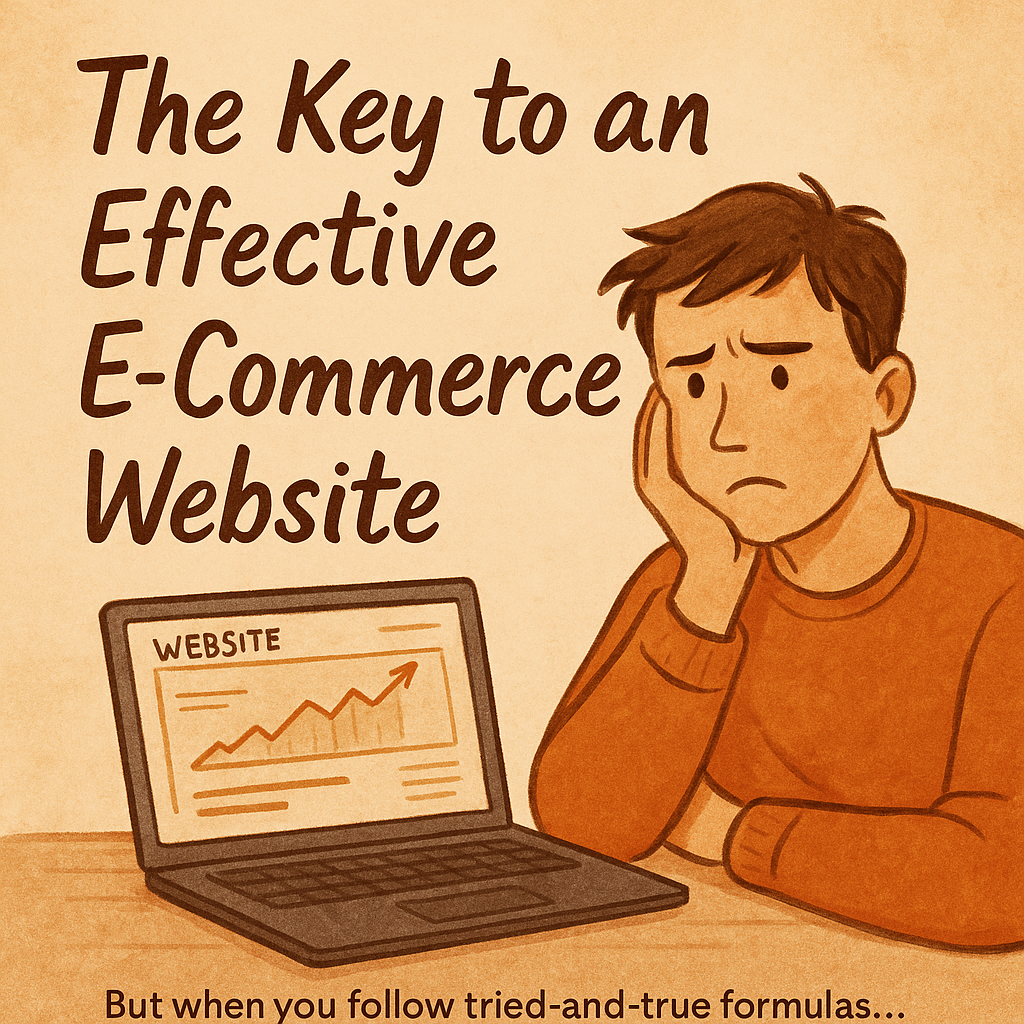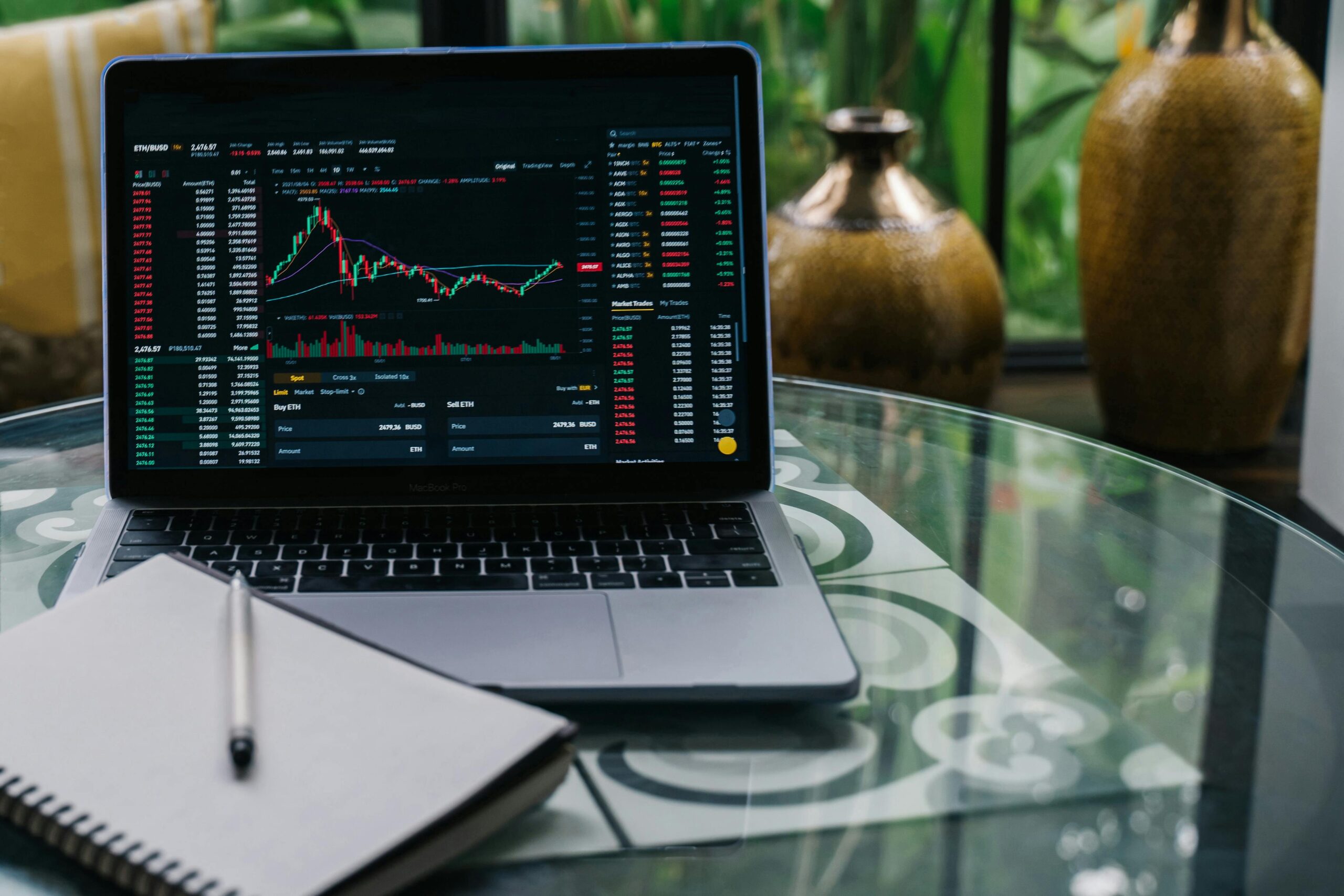Earlier this month, a founder in Vietnam shared something striking with me.
On a return flight from the Canton Fair, he observed that 90% of the passengers were young Chinese entrepreneurs. They weren’t tourists. They weren’t importers.
They were on a mission: to find a new outlet for China’s oversupply problem.
That moment, seemingly small, is a window into something much bigger.
It marks a shift in how Chinese manufacturing is interacting with global markets — and why every founder, not just in Vietnam but across the world, should pay attention.
The End of the “Made for the West” Era
China has long thrived as the world’s manufacturing engine. But that model is cracking:
-
Domestic consumption is slowing
-
Warehouses are filled with unsold inventory
-
Demographics are shifting fast: nearly 30% of the population is aging
-
Social costs are rising, and productivity is plateauing
-
And global buyers — especially in the West — are pulling back
This creates a pressure wave.
A massive ecosystem of factories, suppliers, logistics chains, and sellers now finds itself needing new markets to dump surplus production.
Vietnam: The Nearest and Easiest Outlet
Southeast Asia, with 600+ million consumers, is the natural next step.
And Vietnam — with its geographic proximity, rising consumer class, and business-friendly policies — is the first landing zone.
But here’s what’s different now:
Chinese sellers are no longer just exporting into Vietnam.
They’re coming directly — opening shops, renting warehouses, and setting up local teams.
This is not globalization 1.0.
This is direct market invasion.
You’re no longer competing with local sellers who import from China.
You’re now competing with China inside your own market — or soon, inside your platform.
Why This Should Concern Global Founders
Think you’re safe selling from California? Berlin? Sydney?
Think again.
The same forces playing out in Vietnam will eventually hit Amazon, TikTok Shop, Etsy, Shopee, and every global marketplace.
Here’s why:
-
Chinese factories are looking to bypass middlemen
-
Platforms are enabling borderless selling
-
Price competition is going global — and brutal
If you’re a founder who relies on cheap sourcing, basic branding, or performance ads alone — your margins will be the first to suffer.
The New Rules of Survival
This isn’t just about reacting. It’s about strategic reinvention.
The founders who survive this wave will be the ones who:
-
Control their customer narrative
→ Build a real brand, not just a storefront -
Use China for production, not direction
→ Treat factories as partners, not guides -
Build localized value
→ Know their market better than the outsider who’s trying to disrupt it -
Master unit economics
→ Understand CAC, LTV, inventory turns, and cash flow deeply -
Stay agile with channels and content
→ As platforms shift, so must your messaging and media
Vietnam as a Strategic Signal
Vietnam isn’t just a case study.
It’s a testing ground — a frontline preview of what happens when:
-
Oversupply meets open markets
-
Global platforms erase borders
-
And price stops being the biggest advantage
What’s playing out here is a simulation of what could hit your market soon — whether you’re in eCom, retail, or manufacturing.
Final Thought: Don’t Just Compete. Build Resilience.
The era of “buy low, sell high, run ads, repeat” is ending.
The era of depth, adaptability, and system thinking is here.
If you’re building something for the next 10 years — not just the next quarter —
Now is the time to:
-
Audit your supply chain
-
Rethink your positioning
-
And shift from chasing volume… to building value
Because China’s surplus wave is coming.
And it won’t knock. It’ll break through.
✉️ For more strategic insights on eCommerce, supply chain shifts, and brand building in Southeast Asia and beyond — subscribe to HbizInsights.





